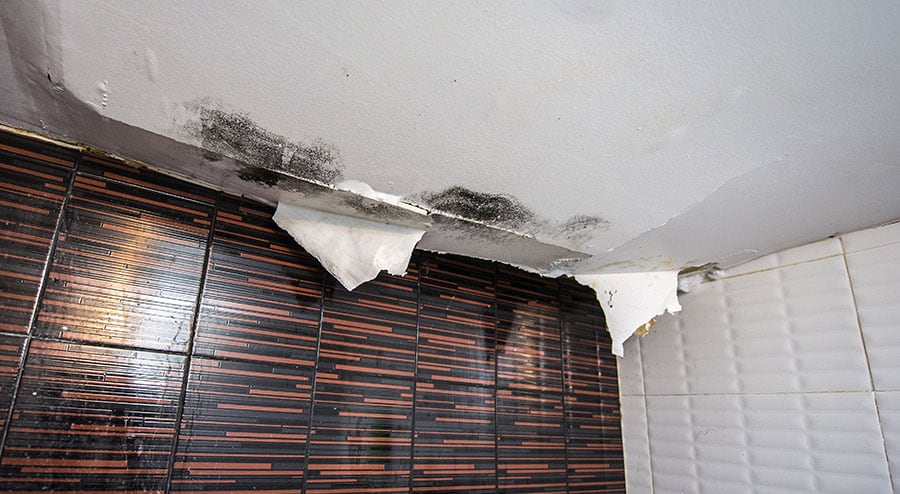We have discovered the article involving Reducing Your Risk Of Water And Fire Damage At Home listed below on the net and accepted it made sense to write about it with you on this site.

Though water gives life, water invasion on parts where it's not intended to be can lead to damages. It can peel off away surface areas as well as wear down the structure if the water saturates right into your framework. Mold and mold likewise prosper in a damp setting, which can be unsafe for your health and wellness. Residences with water damages scent old and also stuffy.
Water can originate from numerous resources such as typhoons, floods, ruptured pipes, leaks, as well as drain concerns. In case you experience water damage, it would certainly be good to recognize some security preventative measures. Right here are a couple of standards on exactly how to take care of water damages.
Do Prioritize Home Insurance Coverage
Water damages from flooding dues to heavy winds is seasonal. You can likewise experience an unexpected flood when a malfunctioning pipeline all of a sudden breaks right into your house. It would certainly be best to have home insurance that covers both acts of God such as natural calamities, and also emergency situations like busted plumbing.
Don't Forget to Switch Off Energies
In case of a disaster, specifically if you stay in a flood-prone area, it would certainly be recommended to turn off the primary electrical circuit. This cuts off power to your whole house, protecting against electric shocks when water is available in as it is a conductor. Don't fail to remember to transform off the main water line shutoff. Furniture will move around as well as create damage when floodwaters are high. Having the major shutoff shut down protects against additional damages.
Do Stay Proactive and also Heed Climate Signals
Listen to emptying cautions if you live near a lake, river, or creek . Doing so lowers possible residential or commercial property damage.
Don't Disregard the Roof
Before the climate turns shocking, see to it you have a roofing inspection. Actually, it would certainly be prudent to get this solution yearly as it can reduce complex problems. If there are no openings as well as leaks in your roofing system, you can stay clear of rainfall damages. Your roofing professional will certainly also look after defective rain gutters or any other indications of weakening. This will certainly protect against water from streaming down your wall surfaces and saturating your ceiling.
Do Take Notice Of Little Leakages
A burst pipe doesn't occur overnight. Usually, there are red flags that indicate you have actually damaged pipelines in your house. You might notice gurgling paint, peeling wallpaper, water streaks, water spots, or dripping sounds behind the wall surfaces. Eventually, this pipe will rupture. Ideally, you need to not wait on things to rise. Have your plumbing repaired prior to it leads to massive damages.
Don't Panic in Case of a Ruptured Pipe
When it comes to water damage, timing is essential. Therefore, if a pipe bursts in your home, instantly shut off your main water shutoff to cut off the resource. Call a reliable water damage reconstruction expert for aid.
Water gives life, water intrusion on parts where it's not meant to be can result in damage. Houses with water damages scent old and also moldy.
Water damage from flood fees to heavy winds is seasonal. You may notice bubbling paint, peeling off wallpaper, water touches, water spots, or leaking sounds behind the walls. When it comes to water damage, timing is vital.
Some Do's & Don't When Dealing with a Water Damage
DO:
Make sure the water source has been eliminated. Contact a plumber if needed. Turn off circuit breakers supplying electricity to wet areas and unplug any electronics that are on wet carpet or surfaces Remove small furniture items Remove as much excess water as possible by mopping or blotting; Use WHITE towels to blot wet carpeting Wipe water from wooden furniture after removing anything on it Remove and prop up wet upholstery cushions for even drying (check for any bleeding) Pin up curtains or furniture skirts if needed Place aluminum foil, saucers or wood blocks between furniture legs and wet carpet Turn on air conditioning for maximum drying in winter and open windows in the summer Open any drawers and cabinets affected for complete drying but do not force them open Remove any valuable art objects or paintings to a safe, dry place Open any suitcases or luggage that may have been affected to dry, preferably in sunlight Hang any fur or leather goods to dry at room temperature Punch small holes in sagging ceilings to relieve trapped water (don't forget to place pans beneath!); however, if the ceiling is sagging extremely low, stay out of the room and we'll take care of it DO NOT:
Leave wet fabrics in place; dry them as soon as possible Leave books, magazines or any other colored items on wet carpets or floor Use your household vacuum to remove water Use TV's or other electronics/appliances while standing on wet carpets or floors; especially not on wet concrete floors Turn on ceiling fixtures if the ceiling is wet Turn your heat up, unless instructed otherwise

Do you appreciate reading up on 5 Home Safety Tips To Reduce The Risk Of Fire And Water Damage? Put a comment down the page. We will be pleased to find out your opinions about this write-up. In hopes that you visit us again in the near future. Those who liked our blog post plz make sure you remember to share it. Bless you for your time. Visit again soon.